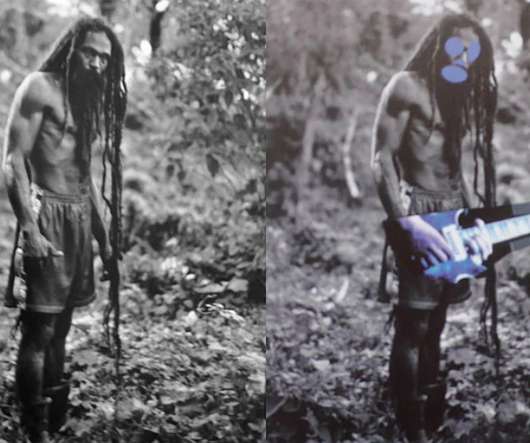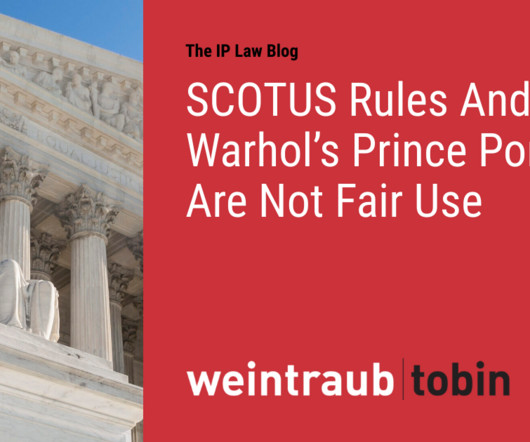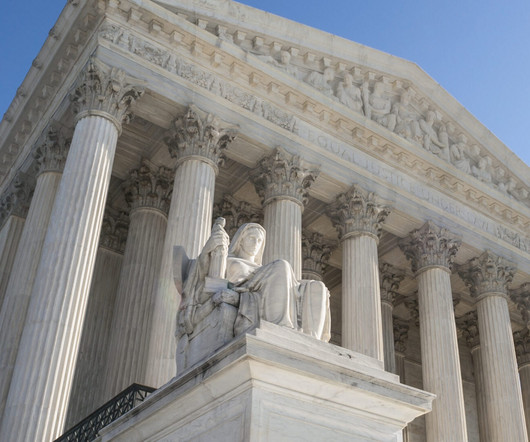How to Distinguish Transformative Fair Uses From Infringing Derivative Works?
Kluwer Copyright Blog
JUNE 5, 2023
Vanity Fair magazine had commissioned Warhol’s artwork in 1984 to accompany an article about the singer’s rise to fame based on Goldsmith’s photograph under a one-time-use “artist reference” license between Vanity Fair and Goldsmith’s agent. Yet this would not mean that these works were thereafter unencumbered by Goldsmith’s copyright.
























Let's personalize your content